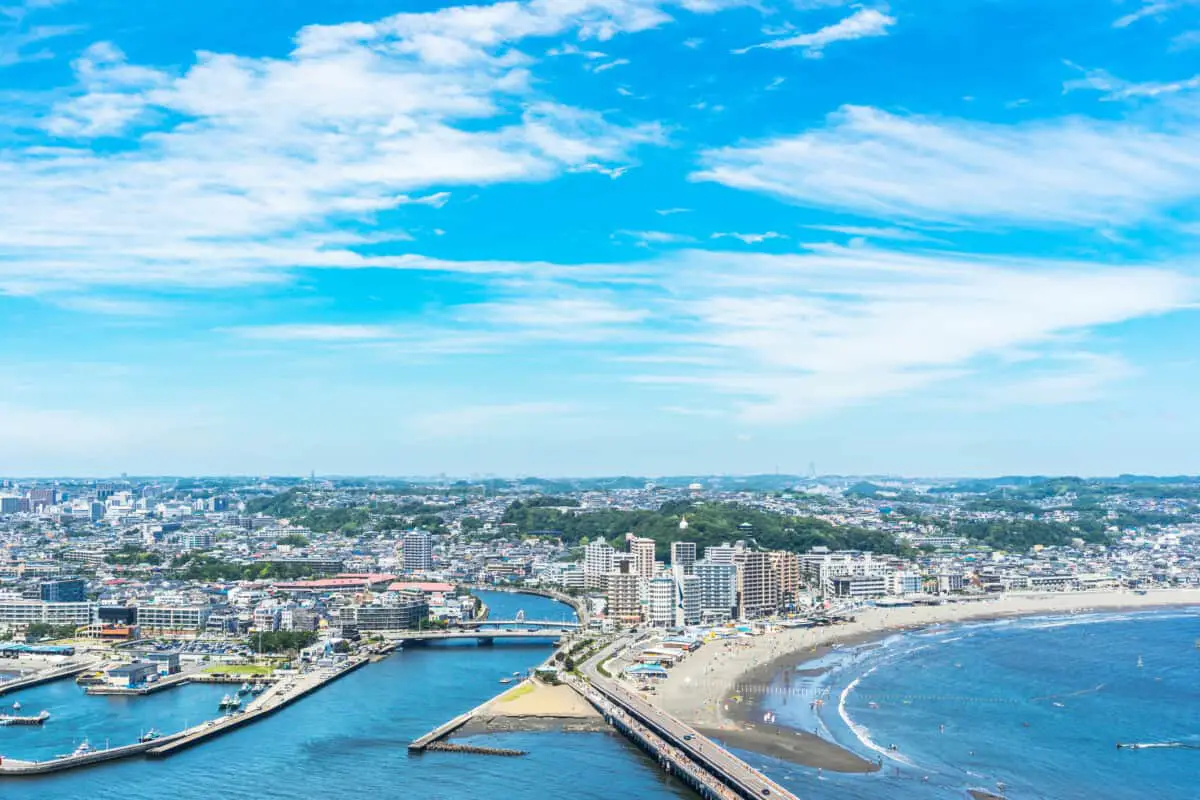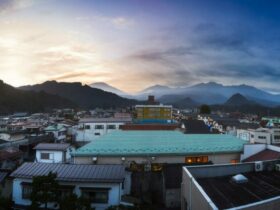When visiting Japan, it’s common to visit some of the most populous or well-known cities, such as Tokyo. However, if you travel a little bit outside of these areas, there are so many things to explore. Just a small way from Tokyo is Kamakura City, which is filled with beautiful sights to see and interesting places to explore.
Kamakura City is within the Kanagawa Prefecture and has a political history in Japan that goes back centuries. It was the place where Minamoto Yoritomo decided to plant roots when he reigned over Japan in the 12th century and was also where the Hojo clans regents ruled from.
Even after power shifted, Kamakura City still held some political power for a while. Thus, Kamakura was actually the capital of Japan for a short time.
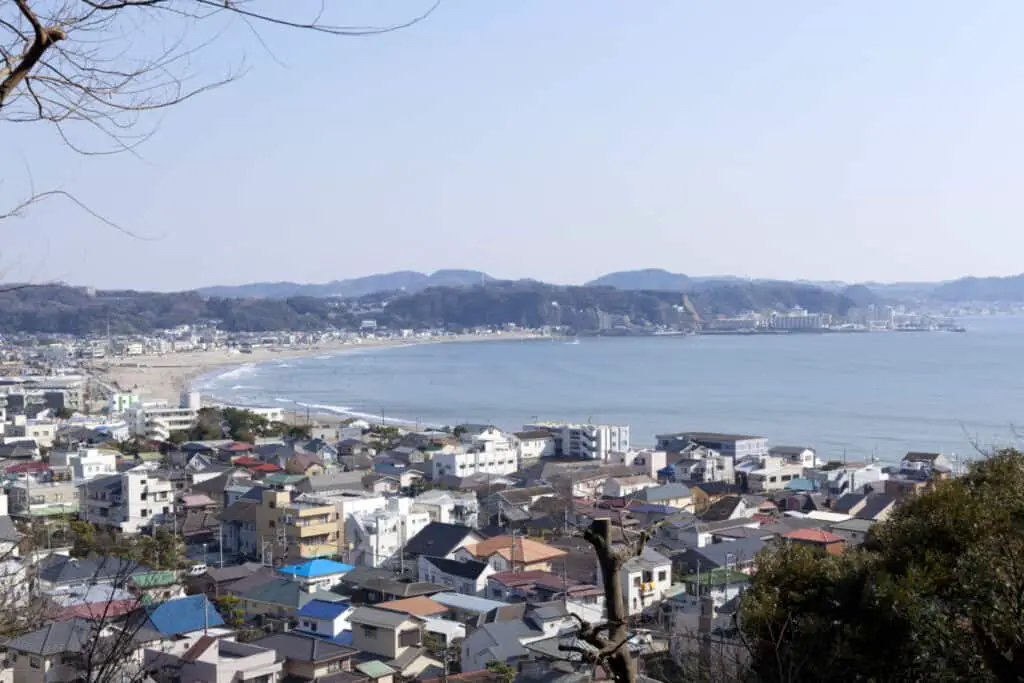
Visit Kamakura Official Visitors Guide
Regardless, Minamoto left his mark on Kamakura City, and much of that can still be witnessed today throughout the area shrines and temples.
Now, Kamakura City is known for its vast amount of historically and spiritually significant shrines and temples, as well as the variety of beautiful areas to explore. It has become a popular tourist destination, and also holds several festivals throughout the year.
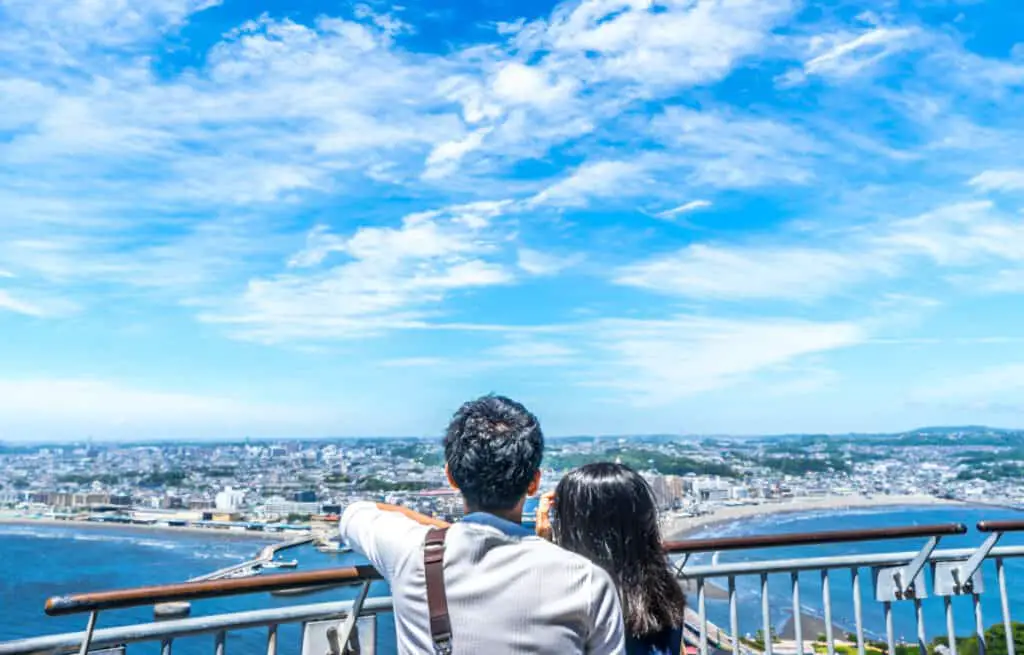
There are endless opportunities to learn about the rich and expansive history of Japan in Kamakura City. Visitors will also get the chance to witness some of the most sacred places in Japan.
With Japan being a country that respects its faiths so deeply, it’s nice to be able to honor that part of Japanese culture while also taking in some breathtaking scenery, natural beauty, and incredible historic sites.
Tsurugaoka Hachimangu Shrine
This shrine holds momentous importance to Kamakura, being one of its most cherished shrines. Its conception dates back to 1063 when Minamoto Yoriyoshi built it in order to honor Hachiman. Hachiman is important to the Minamoto family, as well as to samurai.
The shrine wasn’t always housed in the location it is in today. It was moved by Minamoto Yoritomo in 1180 when he was in charge of the Kamakura government.
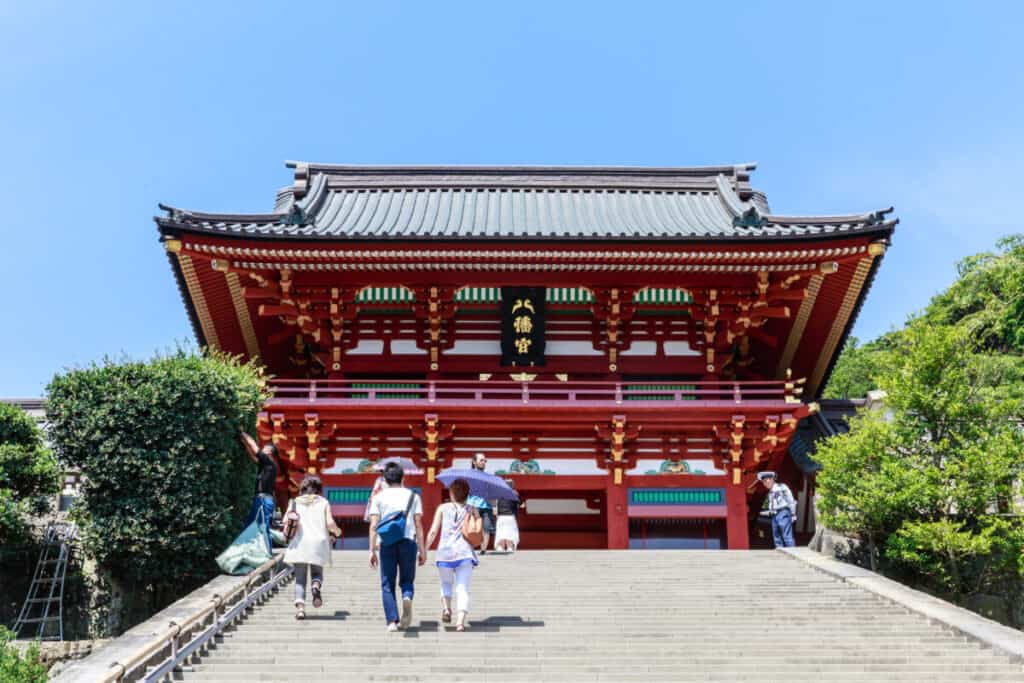
It is also believed that the shrine encapsulates the spirits of important deities and spirits to the Minamoto family, including Emperor Ojin, Hime-gami, and Empress Jinji.
There are many torii gates surrounding the shrine, which are commonly seen around important Shinto shrines.
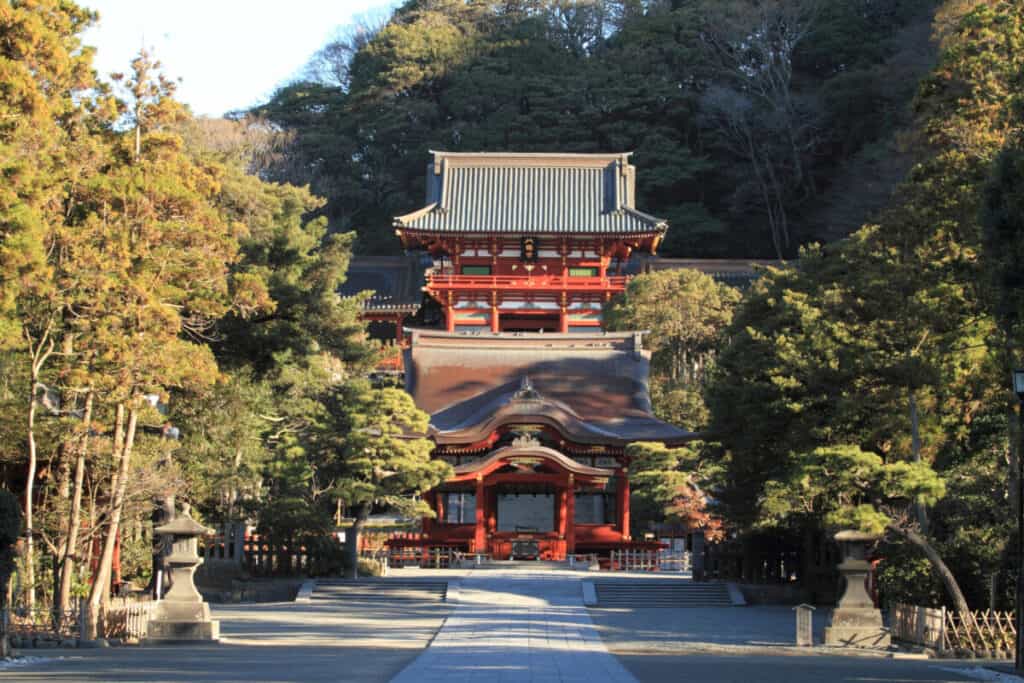
Tsurugaoka Hachimangu Official Website
Visitors are also able to take in a variety of other sights around the shrine, including a museum with many significant items on display, as well as some beautiful ponds and gardens.
Enoshima Island
Take a short hike down a bridge from the mainland of Kamakura City onto Enoshima, a historic little island packed with different things to see. Surrounding all of the attractions are a bounty of trees to offer a lush green landscape to admire.
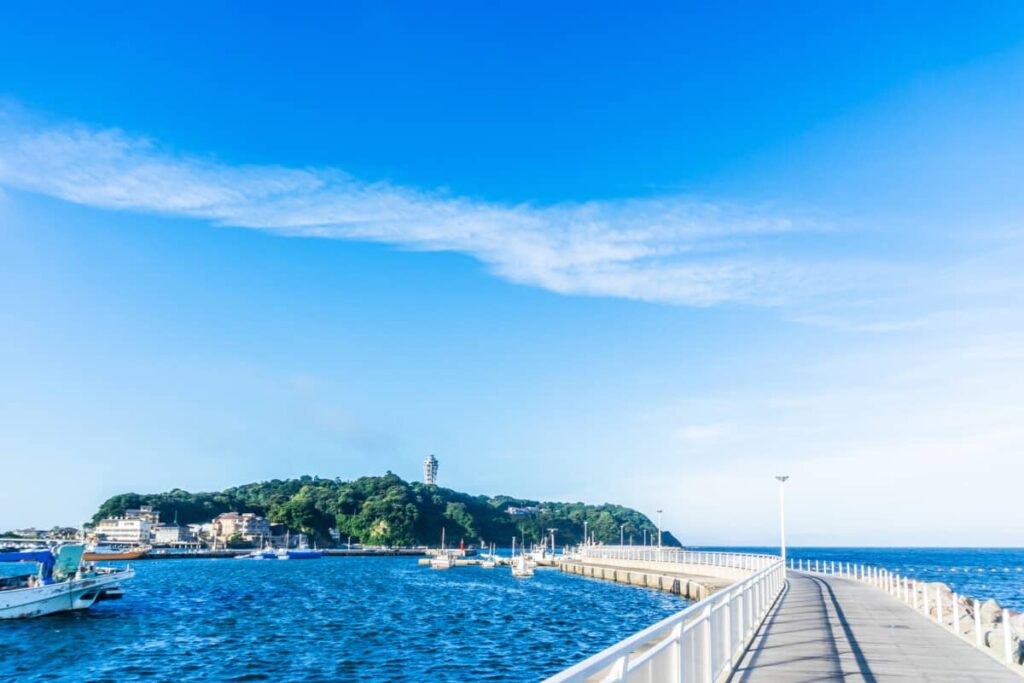
There are a few shrines sprinkled around Enoshima dedicated to the goddess Benten, who is credited with creating the island after defeating a five-headed dragon who was wreaking havoc in the area.
She is also the goddess of such blessings as fortune and knowledge.
Enoshima Island Via Tripadvisor
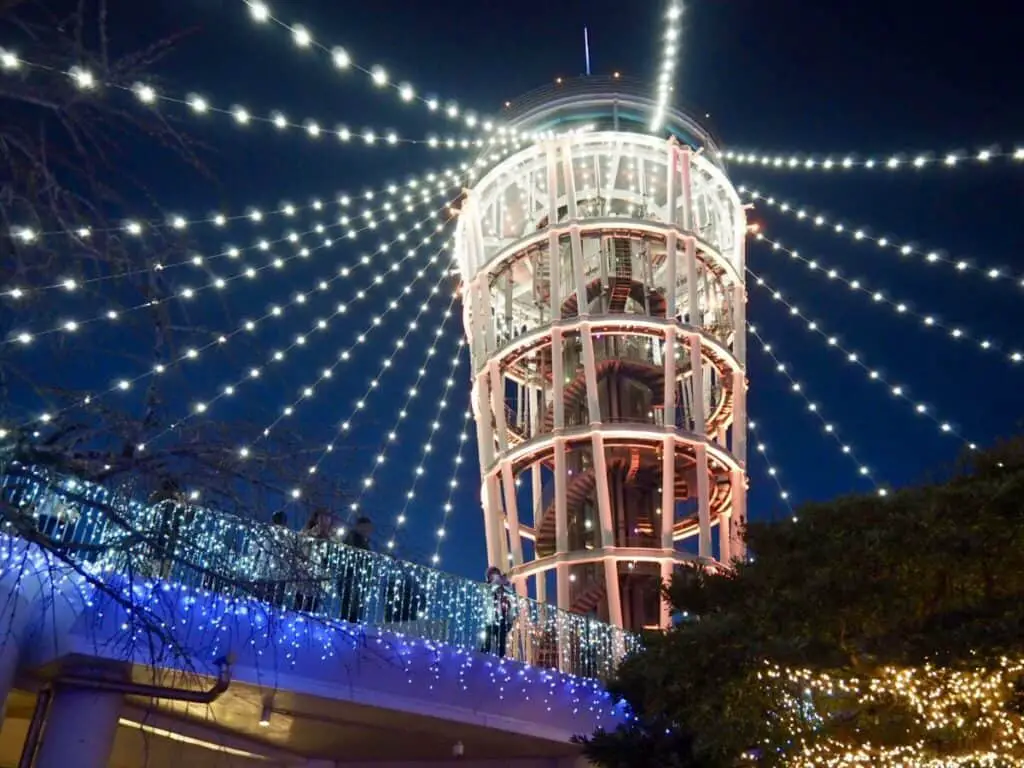
Enoshima Sea Candle Official Website (Google Translate Needed)
Included in the many options for things to do on Enoshima is an aquarium, a spa, an observation tower (Enoshima Sea Candle) to get a gorgeous view of the scenery, and a park and caves to explore.
Zuisen-ji Temple
You would not be surprised to learn that this temple was designed by one of the most famous garden designers of Japan when you see it. The plethora of trees and flowers decorating the area around the temple is beautiful, to say the least.
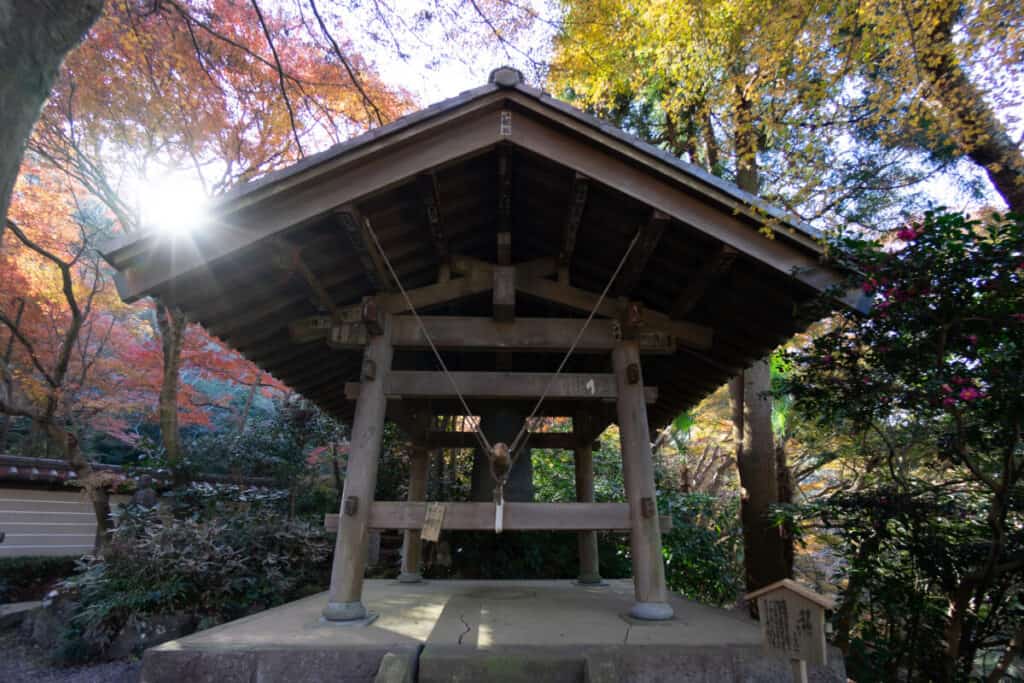
Zuisen-ji Temple Official Website
This Zen temple was created by Muso Kokushi who found a very beautiful valley to build his temple in. It is also a branch temple of the Engakuji Temple. Contrasting all of the greenery is a very tranquil Zen rock garden.
Kamakura Hiking Trails
Sadly, only some of the Kamakura hiking trails are currently open, as the unfortunate typhoon that hit Japan in 2019 damaged some of them.
However, there are a few that are still at least partially opened, including the Daibutsu Hiking Course and the Tenen Hiking Course.
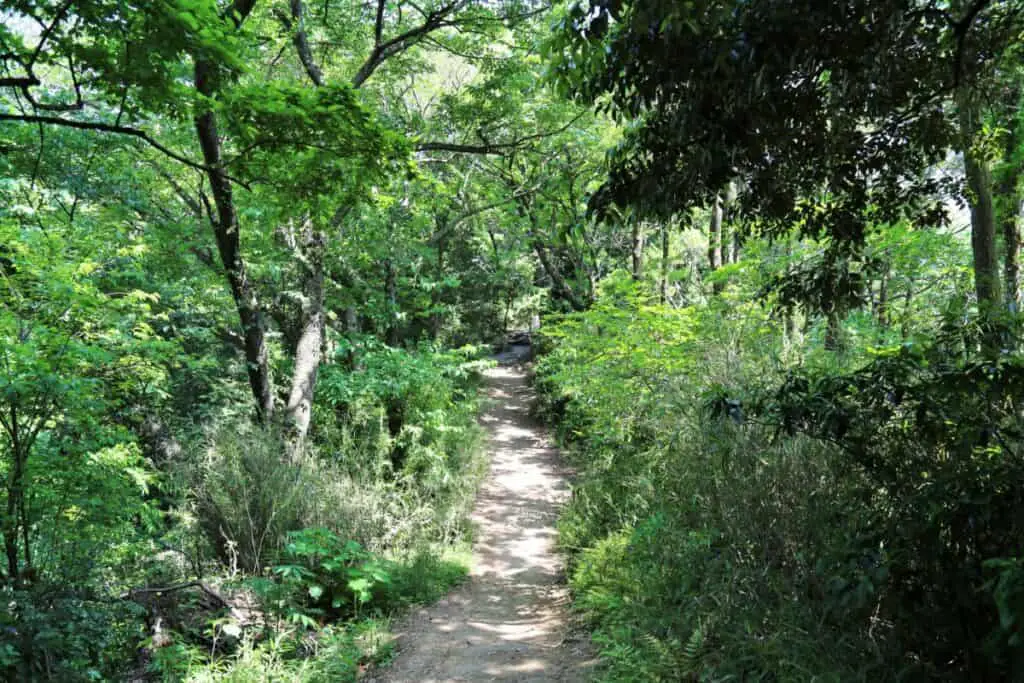
Kamakura Hiking Trail Maps Via Google Maps
A nice perk to hiking some of these trails is that they can take you from one destination within Kamakura City to another in a short span of time.
Many of the trails are not extensively long, and they are the perfect opportunity to get a little bit of exercise while taking in some natural scenery.
The Great Buddha Of Kamakura
If you make your way over to the Kotokuin Temple, you’ll be able to marvel at the Great Buddha of Kamakura. This bronze statue of the Amida Buddha stands over 36 feet tall, making it the second-largest Buddha statue in Japan.
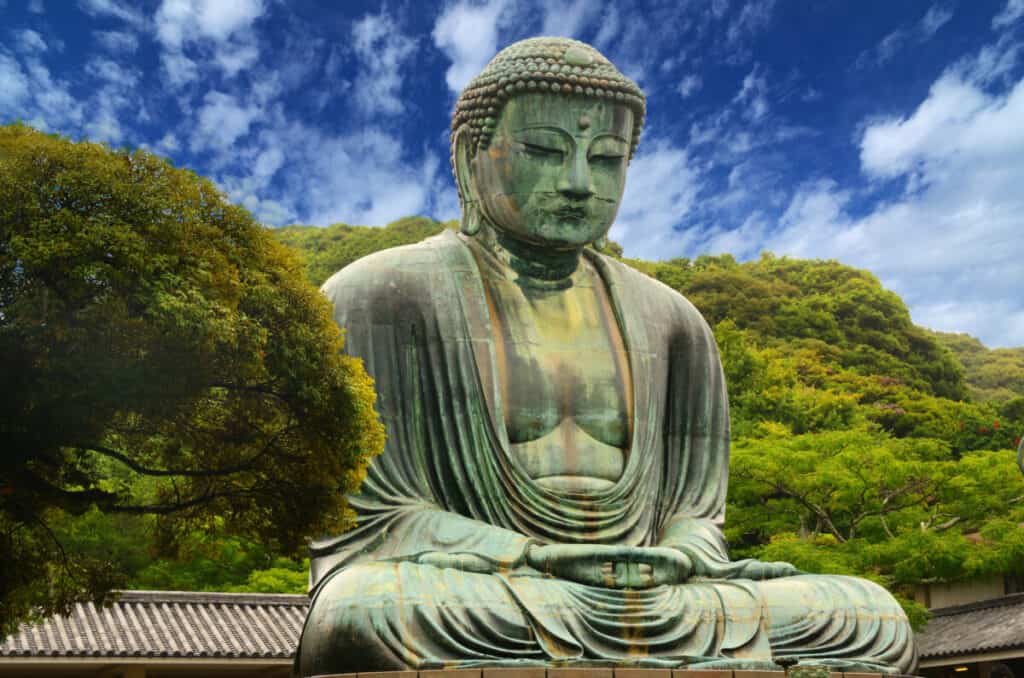
Great Buddha Of Kamakura Official Website
This Buddha statue was built in the 1200s and was originally housed in a temple. However, many natural disasters destroyed the temples in the area, so it was moved to where it rests today in the 15th century.
Hase Temple
The Hase Temple, also known as the Hasedera, is a sacred place for the Jodo sect. In the main hall of the temple, there is a statue of the goddess of mercy known as Kannon.
According to popular legend, this statue was carved out of a wooden tree that was also used to make the Kannon statue in the Hasedera Temple in Nara Prefecture.
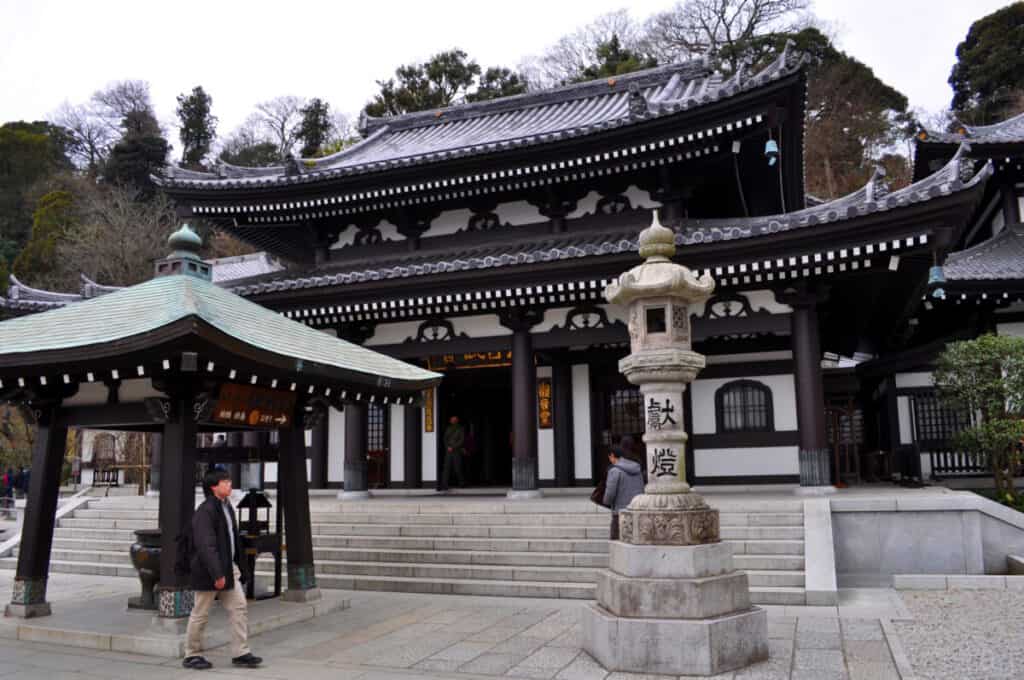
Hase Temple Kamakura Official Website
There are also other sights to see around the temple, including a museum dedicated to the goddess Kannon, and an Amida-do Hall that also houses a golden Buddha statue.
There is also a lot of stunning scenery in the area, including a pond surrounded by a lush garden and plenty of trees.
Tokeiji Temple
The Tokeiji Temple is a small temple considered a branch of the Engakuji school, which belongs to the Rinzai sect of Zen Buddhism.
Tokeiji Temple Official Website (Google Translate Needed)
It was built by the wife of Hojo Tokimune, who was a regent that died young in the 1200s. The temple has a sad but honorable history.
The Tokeiji Temple became a sanctuary for women who were seeking refuge from abusive relationships. It served this purpose until the end of the Edo period.
Back in that time, a woman could stay at the temple shelter for up to three years, and then would be able to seek an official divorce from their abusive partners.
Zeniarai Benten Shrine
The Zeniarai Shrine was built by Minamoto Yoritomo because of a dream he had where he was instructed to have a shrine built by a god, who said the shrine would help the country become peaceful.
He saw this as an important instruction to follow, as this dream coincidentally happened on the day, year, and month of the snake.
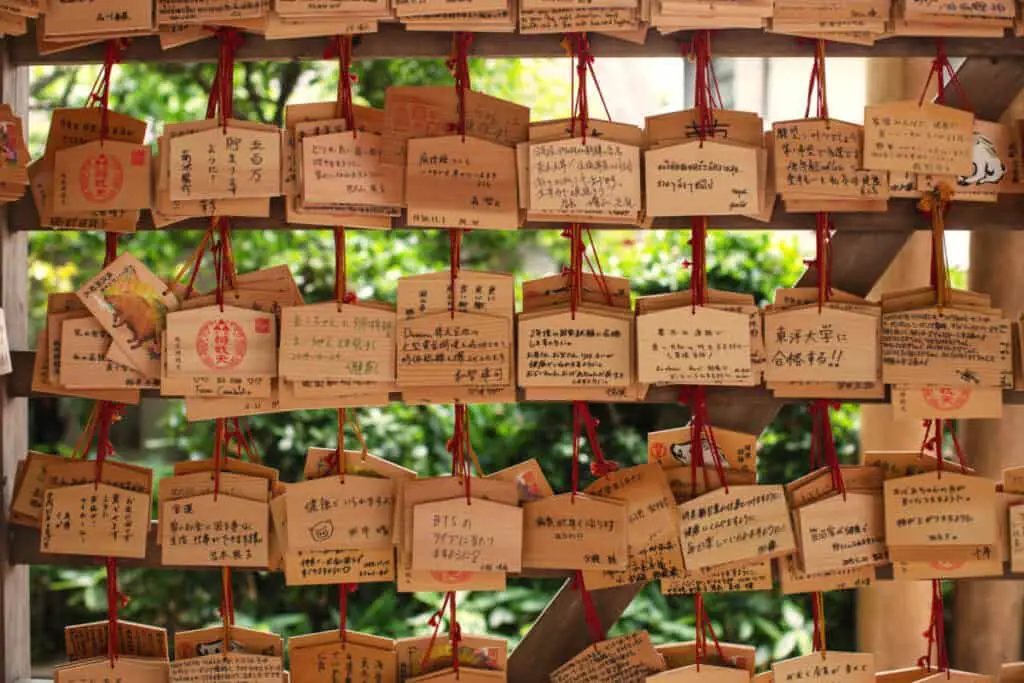
Since Benten is considered to be the goddess of snakes, he also decided it would be fitting to create this shrine in her name. The shrine is also one of the last remaining monuments to the symbiosis of Buddhism and Shinto faiths, which the Meiji Government had a hand in trying to destroy.
The term zeniarai means coin washing, and so a common practice done at this shrine is washing money in the spring. This practice is said to double the amount of money the person brings to wash, thus bringing good fortune to visitors.
Kamakura Beaches
You must visit one of the many sandy beaches of Kamakura, especially if you are there in summer. They are beautiful places to take a break from being in the busy cities of Japan.
The water is also beautiful and bright blue and is perfect for swimming or playing water sports, as well as surfing.
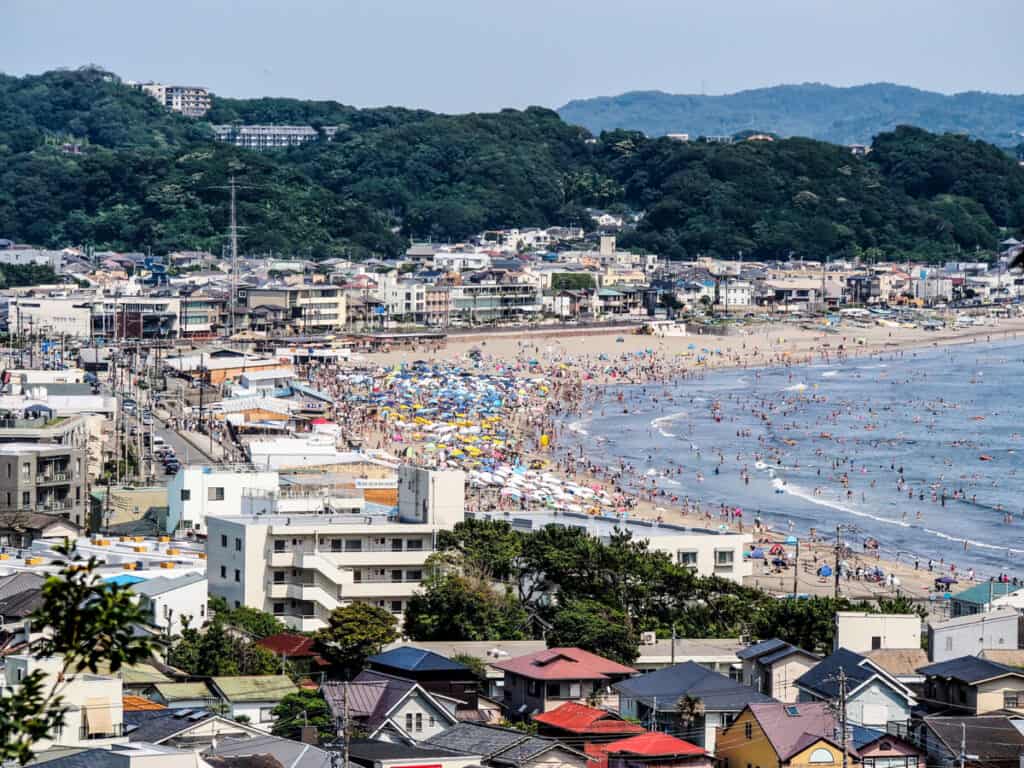
Beaches In Kamakura Via Tripadvisor
Two beaches in Kamakura that visitors tend to enjoy are Yuigahama and Zaimokuza. These beaches can get quite busy, but there is a lot to do in the area. There are also places to grab a snack and a drink, as well as huts you can rent to get some shade.
Meigetsuin Temple
The Meigetsuin Temple is a centuries-old temple belonging to the Rinzai Zen sect. The structure was originally built for a man who was seeking refuge after his father was killed during the conflict in the Heian Period.
Afterward, it became part of the Zenkoji complex of temples before the Meiji Restoration broke the complex apart.
This temple is also commonly referred to as Ajisaidera, which translates to Hydrangea Temple. This is because of the vast amount of hydrangeas that grow around the temple, especially during the month of June.
The hydrangeas that grow here are stunning shades of blue color and are also known as princess hydrangeas.
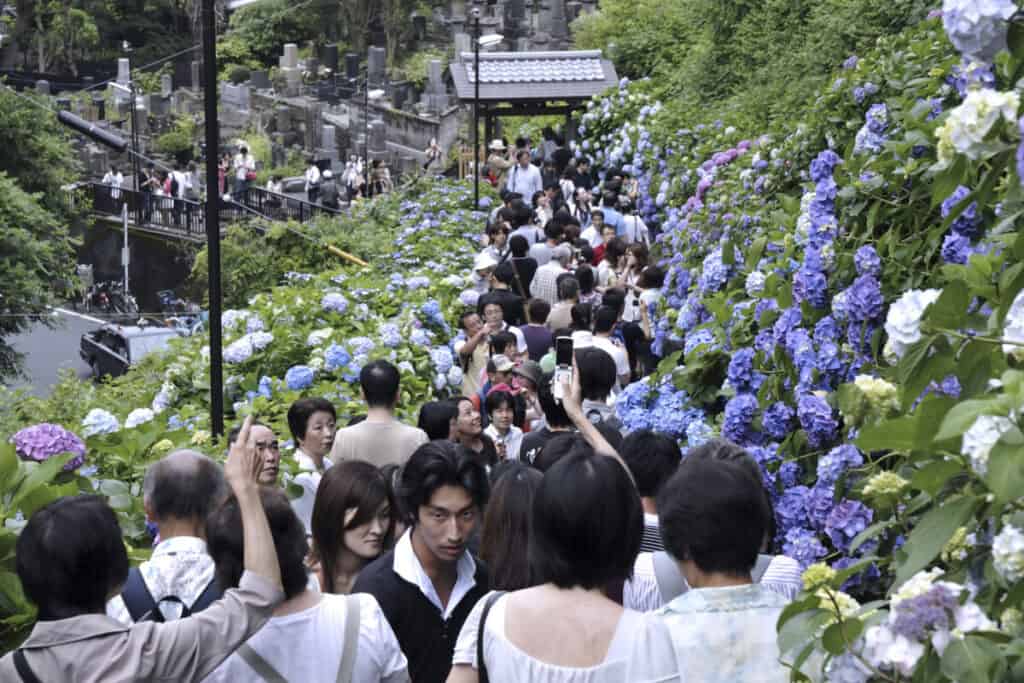
Meigetsuin Temple Via Visit Kamakura Official Website
The area around the temple also has other sights to see, including a back garden with stunning orchids, a cave within the side of a hill, and the founder’s hall dedicated to the founder and many priests who lived there afterward.
There is also an interesting bit of Japanese folklore intertwined with this area, in relation to the story of a rabbit pounding a rice cake on the moon. This is fitting as the name Meigetsu means bright moon. Thus, there are rabbit decorations sprinkled throughout the area, as well as some caged rabbits to see
Kamakura City Attractions Via Tripadvisor

